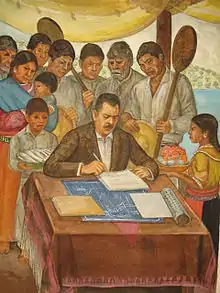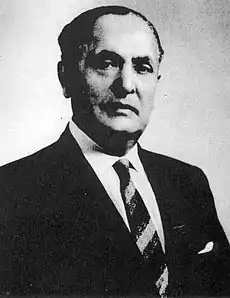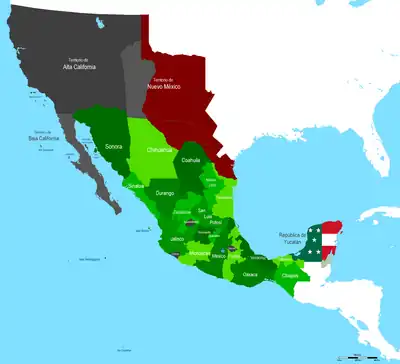Portal:Mexico
|
The Temple of Warriors at Chichen Itza, Mexico
¡Bienvenido! Welcome to the Mexico portal
Mexico (Spanish: México), officially the United Mexican States, is a country in the southern portion of North America. It is bordered to the north by the United States; to the south and west by the Pacific Ocean; to the southeast by Guatemala, Belize, and the Caribbean Sea; and to the east by the Gulf of Mexico. Mexico covers 1,972,550 km2 (761,610 sq mi), making it the world's 13th-largest country by area; with a population of almost 130 million, it is the 10th-most-populous country and has the most Spanish speakers. Mexico is organized as a federal republic comprising 31 states and Mexico City, its capital.
| ||||||||||
List of selected biographies |
|---|
In the news
- 25 October 2023 – 2023 Pacific hurricane season
- Hurricane Otis becomes the most intense landfalling cyclone in the Eastern Pacific basin on record after making landfall near Acapulco, Mexico, and killing at least 27 people in the city, as a category 5 hurricane with 1-minute sustained winds of 165 miles per hour (266 km/h). (AP)
- 23 October 2023 – Mexican drug war
- At least 24 people, including twelve police officers, are killed in three separate mass shootings and ambushes by unidentified assailants in Coyuca de Benítez, Guerrero, and Tacámbaro, Michoacán, Mexico. (AFP via France 24)
- 21 October 2023 – 2023 Pacific hurricane season
- Hurricane Norma makes landfall near Cabo San Lucas, Baja California Sur, Mexico. Warnings have been issued for the states of Baja California Sur and Sinaloa. (AP)
- 13 October 2023 –
- A military helicopter crashes in Canelas Municipality, Durango, Mexico, killing three people. (AP)
- 10 October 2023 – 2023 Pacific hurricane season
- Hurricane Lidia makes landfall in the Mexican state of Jalisco as a Category 4 hurricane on the Saffir–Simpson scale, killing one person. (NOAA) (Reuters)
- 9 October 2023 – 2023 Pacific hurricane season
- Tropical Storm Max makes landfall in Guerrero, Mexico. Tropical storm warnings are issued for the states of Guerrero and Michoacán. (AP)
Selected fare or cuisine -
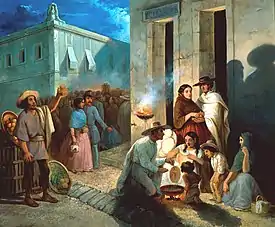
List of fare/cuisine articles |
|---|
General images
Categories
Topics
Related portals
WikiProject
You are invited to participate in WikiProject Mexico, a WikiProject dedicated to developing and improving articles about Mexico.
Associated Wikimedia
More portals
-
 List of all portalsList of all portals
List of all portalsList of all portals -
 The arts portal
The arts portal -
 Biography portal
Biography portal -
 Current events portal
Current events portal -
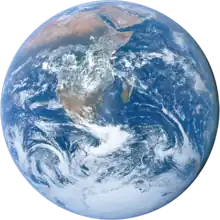 Geography portal
Geography portal -
 History portal
History portal -
 Mathematics portal
Mathematics portal -
 Science portal
Science portal -
 Society portal
Society portal -
 Technology portal
Technology portal -
 Random portalRandom portal
Random portalRandom portal -
 WikiProject PortalsWikiProject Portals
WikiProject PortalsWikiProject Portals


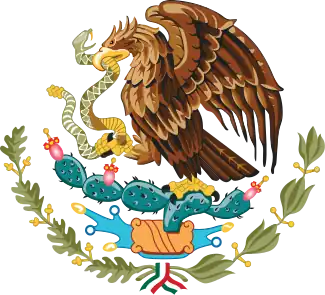
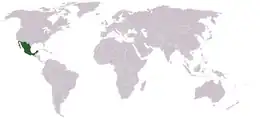
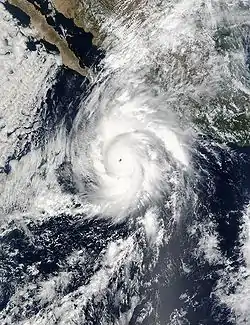
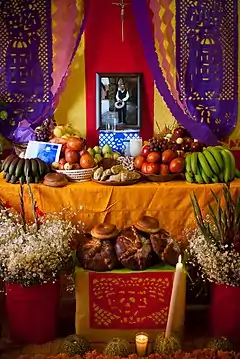
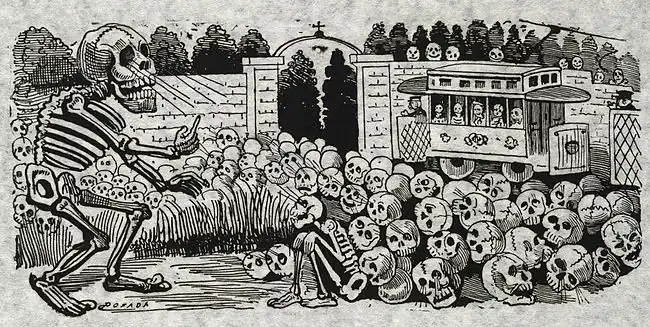








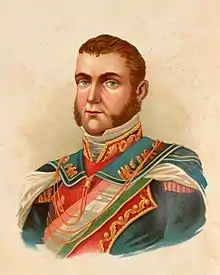



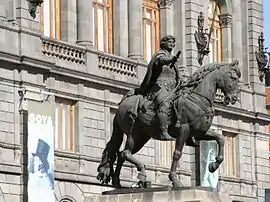
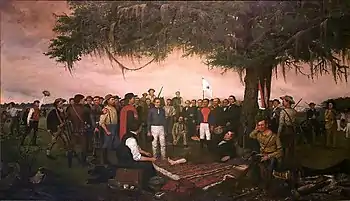
.jpg.webp)
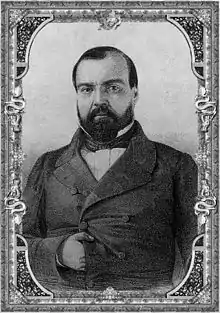
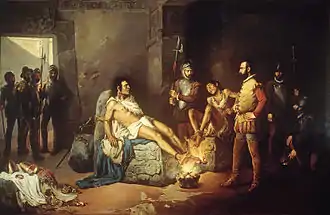

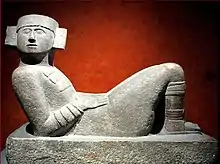

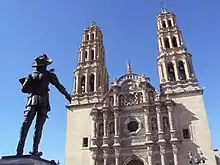

.jpg.webp)
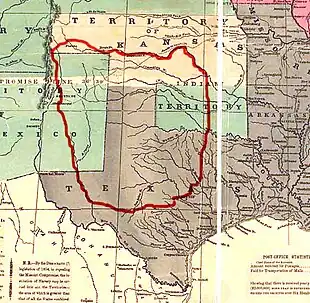


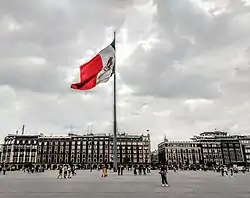
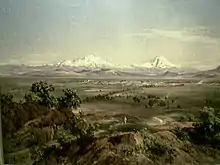



%252C_Carlos_Par%C3%ADs_(1820_-_1835).png.webp)
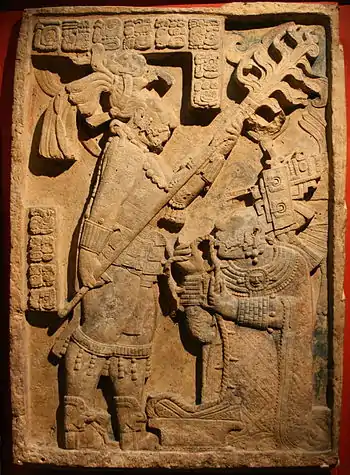







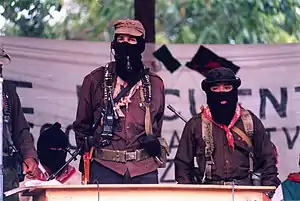
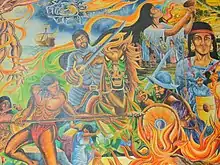

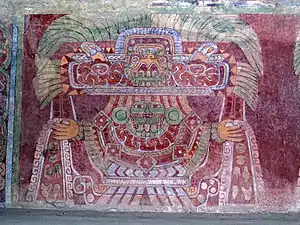



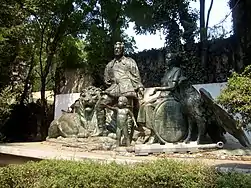
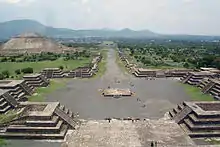
.jpg.webp)

